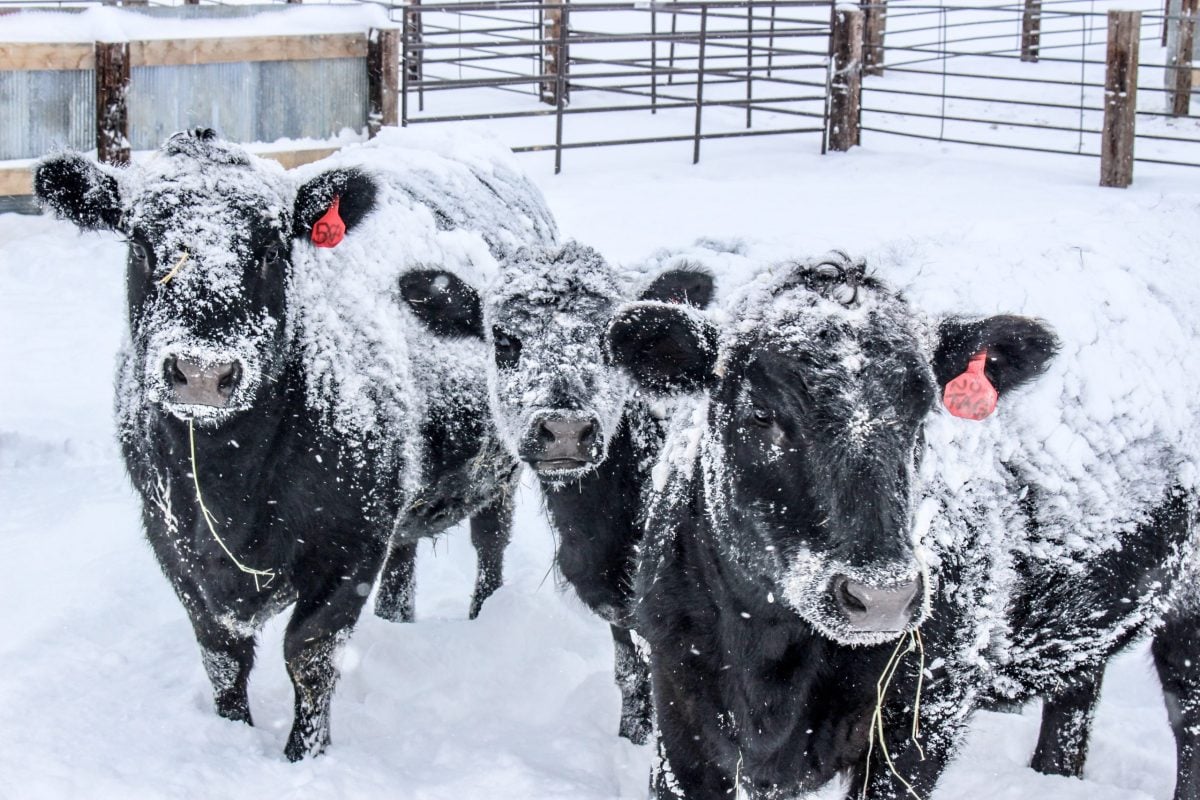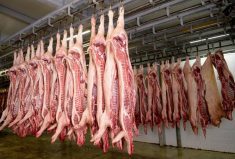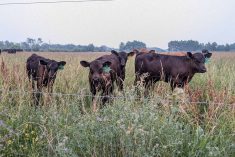A multi-species slaughter plant in western Quebec’s Outaouais region will get a federal loan worth up to $2 million for renovations expected to help boost its throughput.
Les Viandes de la Petite Nation, based at St-Andre-Avellin, about 60 km northeast of Gatineau, will get its funds through the federal Slaughter Improvement Program, which loans funds to cover up to 50 per cent of eligible costs for upgrades at Canadian red meat packing and processing plants.
The plant, built over four years and opened in 2007, is designed and licensed for slaughter and processing of “up to 10” species of meat animals including beef cattle, sheep, hogs, bison, horses and deer.
Read Also

U.S. livestock: CME cattle futures rise on expectations of tight supplies
Chicago | Reuters – Chicago Mercantile Exchange cattle futures climbed on Wednesday as market players anticipated tighter cattle supplies in…
According to the company, the federally-inspected plant is designed to handle up to 40,000 carcasses per year, as well as both halal and kosher services.
“This expansion will allow us to better service the many farmers and local markets in our region as well as increase our export capabilities,” company president Douglas Harpur said in a federal government release Friday.
The program’s interest-free, repayable contribution is to go toward increasing the plant’s capacity and a “variety of projects to improve operations,” such as upgrades to its water treatment system, expansion of freezer capacity, a new ventilation system and other plant modifications.
Quebec MP Jean-Pierre Blackburn, the federal minister of state for agriculture, said the funds will allow the company, as the region’s only federally-inspected multi-species processor, to “continue to provide much-needed slaughter service in the Outaouais region.”
“Total respect”
Spawned from Cerf de Boileau, a deer farm in the region, Petite Nation first took over another local plant in 2002, after which its operators agreed to build new, given the costs of the upgrades needed at its first facility.
The company notes its three-year-old plant includes the “most modern” animal handling system in Canada, designed by the U.S. livestock handling expert Temple Grandin. “Total respect and consideration are given to the animals in order to minimize stress,” the company said on its website.
Ottawa’s slaughter improvement program, set in motion in 2009, saw its $50 million budget boosted this spring by $10 million from the federal Agricultural Flexibility Fund for the 2010-11 program year.
The program’s funding criteria favour projects designed to improve plant efficiency, allow for new product development, processing practices or technologies, and/or boost slaughter capacity in regions of Canada where a “demonstrated regional gap… is constraining sector growth.”
Eligible activities must be completed by March 31, 2012; eligible costs must have been incurred no earlier than April 2009.














